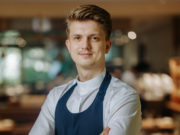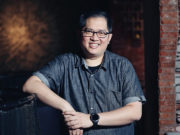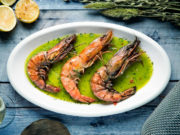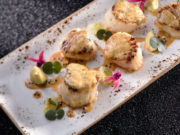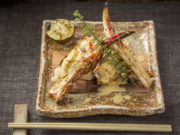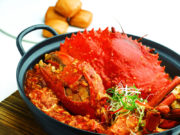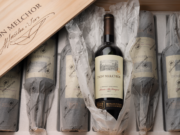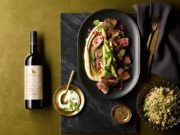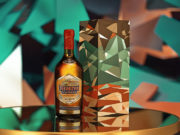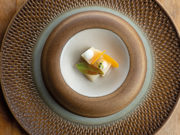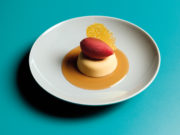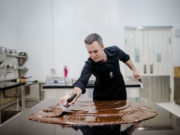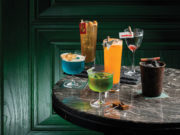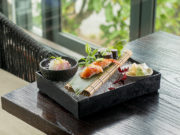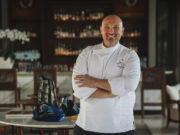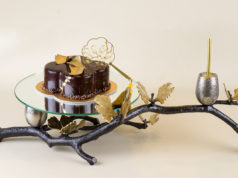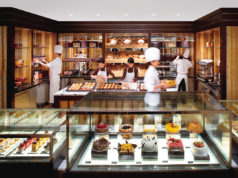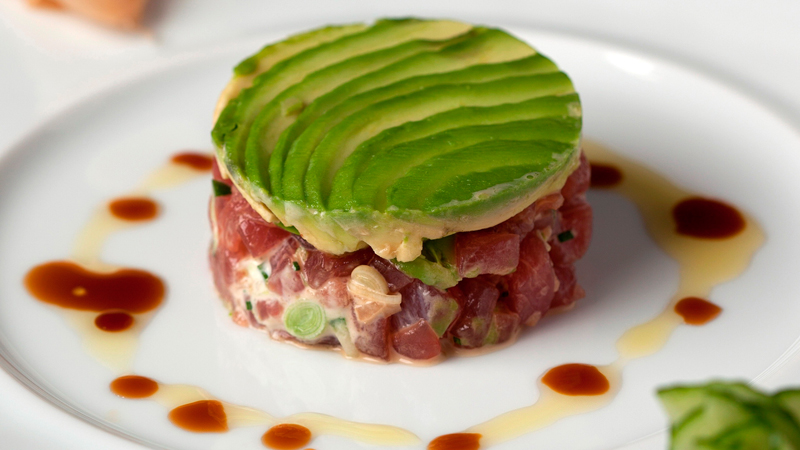
The age of experimentation and the evolution of the global diner.
The term Fusion Gastronomy can be something of a misnomer especially when it’s used by restaurants who just slap a few ingredients together, add a price premium and market their offerings as trendy fusion dining. Fusion Gastronomy is a relatively modern term and used properly it describes the thoughtful combination of often widely differing ethnic or regional ingredients, styles, or techniques to craft new interpretations or even invent wholly new dishes.
The birth of contemporary fusion cuisine is widely attributed to Austrian chef Wolfgang Puck who, after serving time in some of France’s most famous kitchens, including Maxim’s in Paris, the Hotel de Paris in Monaco and the three Michelin-starred L’Oustau de Baumanière in Provence, packed his bags and headed first to La Tour in Indianapolis in 1972 and then on to Los Angeles in 1975, where much to the delight of the local businesses and Hollywood elite he helmed and later became part owner of the famous Ma Maison Restaurant.
Puck rapidly developed an unrivalled passion and belief in the global potential for California cuisine, a state that was a melting pot of migrant and American cultures as well as a renowned centre of free expression and creativity. His first restaurant in what would become a world-wide culinary empire was Spago, followed in 1983 by Chinois on Main in Santa Monica.

Chinois was without doubt the result and continuing focal point of Puck’s early culinary experimentation and offered diners a fresh and imaginative mix of Asian, French and Californian-based tastes and presentation. Boosted by his reputation, dynamic personality and the popularity he gained at Ma Maison, the expressive menu laid the groundwork for the explosion of fusion dining, first in America and then throughout the world.
Developing this concept further by drawing upon the multi-ethnic environment and available produce, his third restaurant, Postrio, opened in the Prescott Hotel, San Francisco in 1989. Postrio was an instant success with its myriad of fusion dishes drawing critical acclaim and garnering substantial local and national interest.
The 1980s was a decade perhaps unlike any other. In the East the Asian Tiger was awakening, whilst in the West it was a time of both anger and enlightenment. Both in Europe and the USA the arrival of Asian migrants had gathered pace. Indians, Pakistanis, Koreans and Vietnamese, for example, brought with them not only their cultural diversity but a rich culinary heritage, a blend further enhanced by African, South American and Middle Eastern migrants in subsequent years.
But this was far from one-way traffic and in reverse the bustling hubs of Asia were seeing international chefs and luxury brands aplenty driven by the economic boom; add to this a splurge in mass travel and vastly improved food transportation networks and the pieces for the culinary explosion we are currently basking in were all firmly in place.
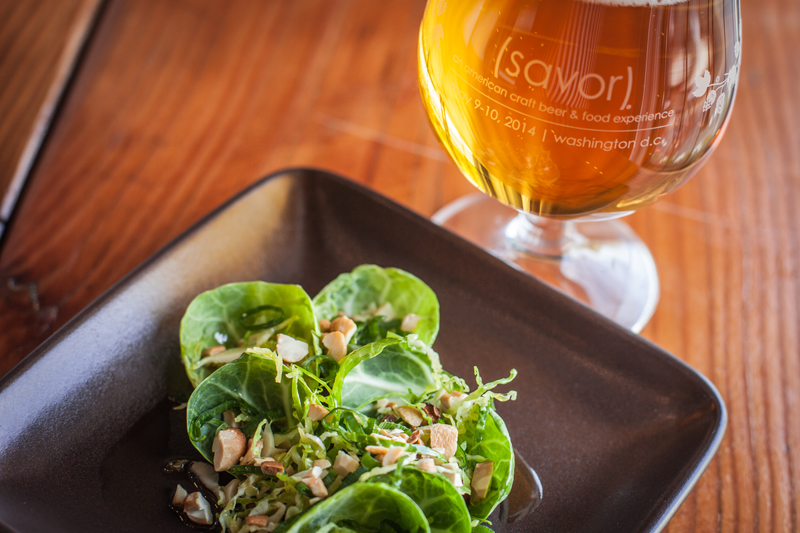
By the time Puck relocated Spago to Beverly Hills in 1997 the F-word had well and truly spread and the concept of melding multiple tastes, techniques, cultures and ingredients was widespread. Chefs the world over were pushing boundaries and developing the segment beyond recognition – the Age of Experimentation was well underway and with it a new type of gastronome, the global diner had been born, a diner not restrained by convention, but one open to new dining experiences and tastes without restriction.
With the explosion of social media, the global diner is exposed to the finest, the quirkiest and the most elegant dishes, photographed, uploaded and discussed on blogs, boards and social media by friends and strangers alike. This in turn influences expectation and can propel the lowliest street seller to internet stardom or in reverse damage the reputation of even the best chefs.
Unquestionably we have entered a new age of gastronomic experimentation and seemingly constant culinary innovation where chefs are not only concerned with taste and presentation but how it is photographed and displayed in real time to potential guests, the world at large and of course their peers.
In this edition we explore some of the region’s most enticing fusion dishes and restaurants on our own global journey.


